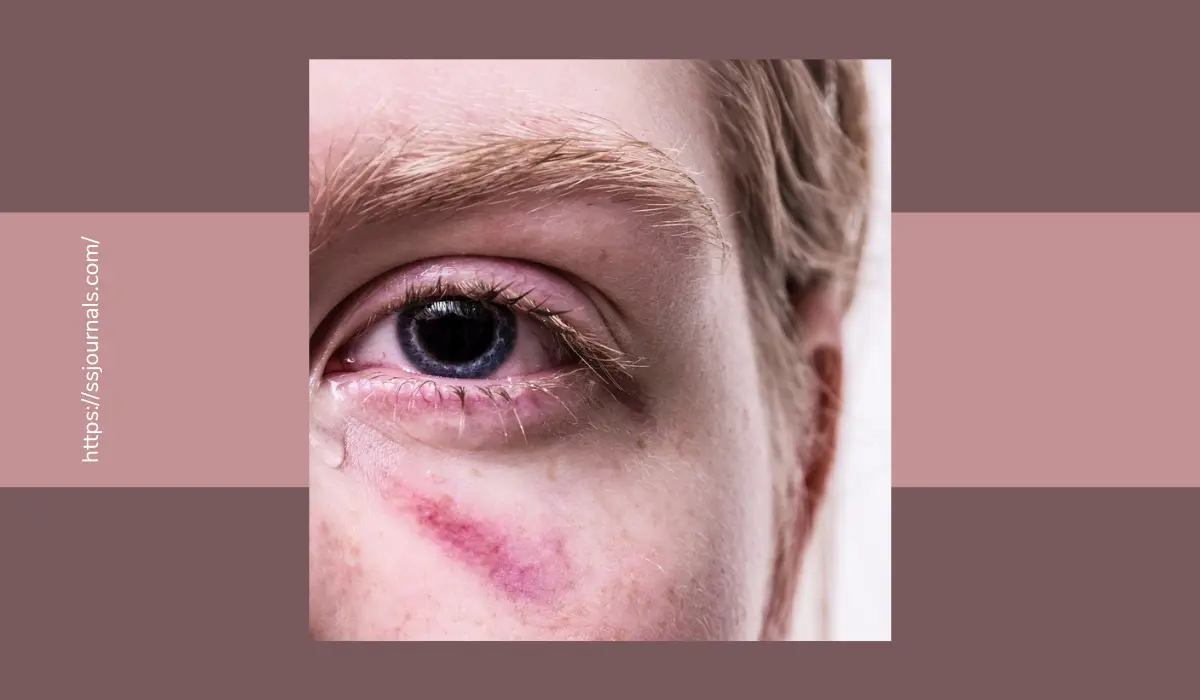Trauma is an indelible, essential part of the complex fabric of humanity. It cuts through the emotional and psychological fabric of our lives with deep scars that will not be forgotten easily. This is an explorative journey to understanding what causes it, its different manifestations, and the recovery process.
Unpacking Trauma
Trauma simply refers to some emotional or psychological reaction that overwhelms an individual’s ability to cope with an extremely distressing or horrifying experience. Such happenings involve everything, such as natural disasters, accidents, violence, abnormal mental disturbances, abandonment, and the death of loved ones. Trauma is characterized by such an overwhelming feeling of vulnerability that it seems like one’s safety has been threatened.
Varieties of Trauma
1. Physical Trauma:
Physical trauma often arises from incidents like accidents, falls, or violent encounters. This category encompasses a spectrum of injuries, including broken bones, burns, and head injuries. The scars are not merely skin-deep but etch into the psyche.
2. Emotional Trauma:

Emotional trauma is born of life’s poignant moments – the loss of a loved one, the shattering of relationships, or the haunting experience of witnessing violence. Symptoms may manifest as persistent anxiety, the heavy shroud of depression, and the echoes of helplessness.
3. Psychological Trauma:
The shadow of psychological trauma is cast by experiences like childhood abuse, domestic violence, or sexual assault. It gives rise to profound conditions like Post-Traumatic Stress Disorder (PTSD), where the past grips the present.
4. Developmental Trauma:
Childhood’s tender years can be marred by developmental trauma, sown in neglect, abandonment, or the tumultuous storms of unstable family environments. It weaves itself into the very core of personality development.
5. Complex Trauma:
Complex trauma is the result of a relentless barrage of traumatic experiences, often within a relational context. This leaves deep emotional and psychological scars that are neither easily forgotten nor overcome.
Recognizing The Signs
The effects of trauma may not immediately surface, and they manifest in a kaleidoscope of emotions and behaviors. They can generally be categorized into three clusters:
Re-experiencing Symptoms:
The past intrudes into the present. Flashbacks, intrusive thoughts, and nightmares return individuals to the moment of trauma. The triggers that resemble the distressing event unleash torrents of emotional anguish.
Avoidance Symptoms:
The natural response is to shield oneself from the pain. Avoidance symptoms encompass an effort to steer clear of reminders, emotional numbness, withdrawal from relationships, and even selective amnesia about parts of the traumatic event.
Hyperarousal Symptoms:
The body, constantly on edge, exhibits irritability, anger, and heightened reactivity. Sleep becomes elusive, concentration falters, and even the slightest disturbance prompts an exaggerated startle response.
The Journey To Recovery
Recovery from trauma is an intricate and personal odyssey, unique to each individual. It begins with a courageous step: seeking help. Here are some compass points on this journey:
1. Therapy:
Various therapeutic approaches offer solace. Cognitive-behavioral therapy (CBT) untangles the web of negative thought patterns. Exposure Therapy offers a guided confrontation with traumatic memories. Eye Movement Desensitization and Reprocessing (EMDR) aids in processing these memories, making them less overwhelming.
2. Medication:

In some instances, medical professionals may prescribe antidepressants or anti-anxiety medications. These pharmaceutical allies help to soothe the symptoms of depression and anxiety.
3. Support Groups:
Group therapy provides a lifeline to those who have navigated similar stormy waters. It’s a community that understands, listens, and shares coping strategies.
4. Mindfulness and Relaxation Techniques:
The art of mindfulness through meditation, deep breathing, or the fluid grace of yoga can be an anchor in the turbulent sea of emotions. These practices help in regaining a sense of control over one’s inner world.
Conclusion
Trauma is a highly private trip inside the human mind. The hearts of numerous people in the world are touched by it. Although every person is different and their way of recovering may be unique, there is one general rule: asking for help is the first step down that road. It may be possible for people with adequate guidance, support, and treatment to triumph over the shadows of trauma. Things will get better, and they will have a chance for a life full of happiness after going through this recovery process.
FAQ
Trauma is like a storm that shakes the very foundations of our emotions and psyche. It’s a response to highly distressing events that overwhelm our ability to cope effectively, leaving deep emotional scars. This trauma can haunt us for a long time
Trauma wears many masks. There’s the trauma that shows up as physical injuries, emotional trauma triggered by losses and violence, psychological trauma often stemming from abuse, developmental trauma etched in childhood, and the complex trauma caused by a relentless stream of distressing experiences.
Spotting trauma is like deciphering the code of the heart and mind. It’s about noticing the flashbacks and nightmares that transport you back to that painful moment, recognizing the urge to dodge reminders, and sensing the tension in irritability, sleep issues, and being easily startled.
PTSD is like a shadow cast by trauma, a specific condition that can loom large. It’s marked by symptoms like relentless flashbacks, nightmares, stress, and anxiety, and it’s often a result of enduring trauma. Getting the right treatment is crucial.

